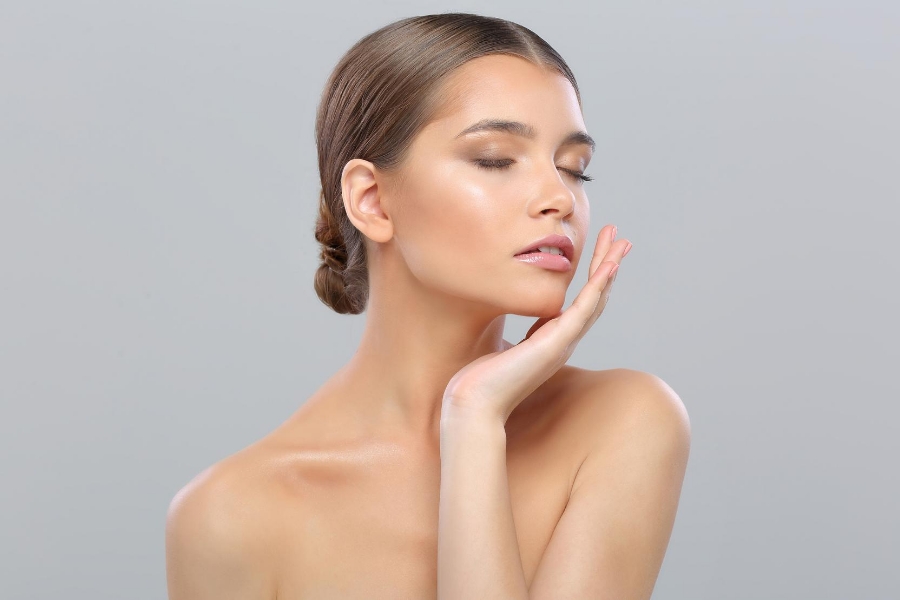Balance is key in maintaining healthy skin, but environmental humidity can upset skin’s equilibrium. Climates with high humidity and hot temperatures cause increased sweating, which can block pores and breed acne-inducing bacteria. Individuals with combination, oily, or acne-prone skin may experience sudden breakouts and worsened acne flare-ups.
Climates with low humidity and cold temperatures rob skin of moisture and oils, triggering dry, cracked skin with a compromised barrier. Individuals with eczema, rosacea, or other skin sensitivities may suffer from aggravated flare-ups, itchiness, and pain
BENEFITS OF HUMIDITY IN SPA TREATMENTS
Steam dilates pores, loosens blackheads, hydrates skin, improves blood circulation, and increases skin permeability. Steam also helps people luxuriate and relax, minimizing skin issues triggered by stress.
Steam can effectively treat multiple skin conditions:
- Blemish-prone or blackhead-peppered skin: Steam loosens blackheads to help with extractions.
- Dehydrated skin: Steam softens and loosens dead skin cells blocking the skin surface, which increases absorption of serums.
- Aging skin: Steam improves blood circulation and oxygenation, which helps transport nutrients to skin cells.
REPLACEMENTS FOR STEAM IN SPAS
The recent global pandemic has impacted the use of steam in spa environments due to the risk of spreading the virus through air droplets and damp surfaces. Instead, clay or enzyme masks can help clients with congested pores and breakouts. To soften skin and ease extractions, masks containing kaolin, bentonite, montmorillonite clay, or fruit enzymes, like bromelain and papain are ideal. Wrapping the client’s face in warm towels may also mimic the effects of steam, without risk of spreading the virus.
HOMECARE
Using steam at home is a different story. Clients who do personal skin care maintenance can apply a microdermabrasion scrub and steam for five to 10 minutes. Steam might aggravate rosacea or eczema, so clients with those conditions should consult with their dermatologist before using steam.
To intensify benefits after steaming, clients can apply a whipped gel moisturizer for oily skin, or a rich cream for dry skin. Post-steam is the perfect time for skin to absorb products, promoting smooth, radiant, and healthy-looking skin.
STEAM CLEAN
With multiple uses, mineral deposits, bacteria, and mold can build up inside steamers and can potentially aggravate skin. For that reason, always use distilled water and empty the steamer after every use. To deep clean the steamer, add three tablespoons of white vinegar to distilled water and run the steamer for five minutes. After it cools, empty and wipe down with a clean cloth to remove mineral deposits. Refill with distilled water and let run for five minutes before emptying.
KEEP CALM AND CARRY ON
It is important to be aware of environmental humidity levels to promptly modify skin care regimens and keep skin balanced and healthy. Due to the global pandemic, doctors and other health professionals do not recommend using steam in the spa, so aestheticians must incorporate other creative alternatives to achieve similar facial benefits.

Founder, formulator, and CEO of Le Mieux Cosmetics and PurErb, Janel Luu has over 35 years of experience in the beauty industry as an educator, researcher, and formulator. She has taught over 37,000 skin care professionals and physicians on topics ranging from antiaging cellular technology to centuries-old Meridian techniques.
